When seven B‑2 Spirit stealth bombers took off from Whiteman Air Force Base (Missouri, USA), carrying heavy penetrator bombs aimed at Iran's Fordo underground nuclear complex, the remarkable factor was not only the weapon's capabilities but also the biological and psychological limits that humans can overcome in a modern combat environment.
The 37-hour mission subjected US pilots to extreme biological stress, with partial microgravity, pressurized cabins and long non-stop work hours. It is a classic case study for the study of the ability to maintain neurological and psychological performance during long-duration flight conditions.
Previously, in 2001, the US Air Force carried out a 44-hour mission with two B-2 pilots flying nonstop from Missouri to Afghanistan, conducting two precision bombing runs before landing at Diego Garcia base in the Indian Ocean. This was one of the longest continuous manned flight records in modern military aviation history.
Such missions not only demonstrate the capabilities of aviation technology but also provide valuable data on the limits of human physiology in the context of warfare using stealth, high precision and endurance platforms.
Pilot's biological "marathon" in the sky
Before such missions, B‑2 pilots typically train in flight simulators for 24 to 30 hours straight, with environments that mimic target sites like Fordo, a complex buried deep in a mountain to withstand conventional attacks, according to an analysis by The New York Times .
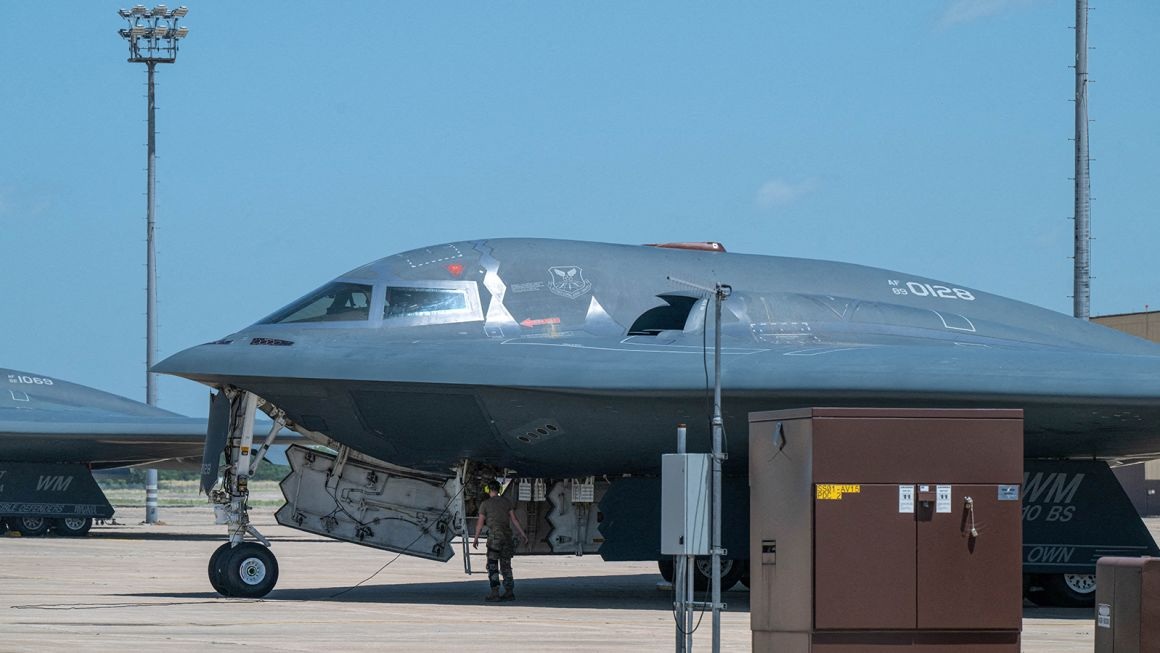
A B-2 Spirit stealth bomber at Whiteman Air Force Base in Missouri, US after the attack on Iran's nuclear facilities (Photo: Reuters).
However, no model is enough to accurately recreate the real-life pressures of an interplanetary combat mission, where even the slightest mistake could expose the stealth aircraft and put the entire mission in jeopardy.
In the days leading up to the flight, aviation physiologists and circadian rhythm experts begin to intervene. They adjust sleep patterns, synchronizing pilots with new biological clocks to match the time zone and flight schedule.
Even sleeping pills are prescribed in advance to ensure deep sleep – an extremely important factor in accumulating energy for a task that lasts nearly twice as long as the normal human sleep/wake cycle.
Sleep, eat and… pee: Every activity inside the cabin of the $2.2 billion machine
Despite its impressive size, the B‑2 Spirit stealth bomber devotes most of its cargo bays to weapons storage. The cabin is modest in size, not much larger than the compartment of a medium-sized truck.
There was generally enough space for just two pilot seats, a fold-out bed in the back, a makeshift toilet, and a small heater to heat food. Inside the plane, privacy was virtually nonexistent. There were no soundproof rooms, no curtains.
There, privacy sometimes meant turning away while a comrade went to the bathroom, as retired Lt. Col. Melvin Deaile once described.

The interior of the B-2 aircraft cockpit (Photo: Unconventional).
To stay healthy, pilots are advised to drink one bottle of water per hour, which equates to more than 30 bottles of water per mission. But this comes with the consequence that excretion needs must be extremely carefully controlled.
In fact, B-2 pilots will use specialized urine bags – similar to Ziploc bags, containing desiccants, similar to those found in dog and cat litter bags. Using the toilet is only done in “emergency” situations, due to the limited space and capacity.
Pilots' food typically includes turkey sandwiches, beef jerky, sunflower seeds, and other snacks that do not require heating, are not filling, and are easily digested in sedentary conditions.
Sitting in the cabin for long periods of time affects and slows down the pilot's digestion. Therefore, food rations must be calculated according to minimum energy requirements, to avoid causing heaviness or drowsiness after eating.
Sleep and psychology are adjusted to match special biological rhythms.
During the flight, pilots alternate between sleeping for 3–5 hours while the other pilot flies the plane. However, due to the constant flashing lights, engine noise, and mission stress, getting the right amount of shut-eye is extremely difficult without assistance.
So they use military-regulated low-dose amphetamine pills to maintain alertness in a controlled manner, under strict medical supervision.
“We don’t take drugs to stay awake – we take them to survive mentally,” said Melvin Deaile, a pilot who participated in the record-breaking 44-hour mission in 2001.
There, each flight mission lasting more than 30 hours is a test of the human body's ability to regulate biological rhythms, separate emotions, eliminate anxiety, and manage vital energy as an automatic operating system.

Inside the plane, pilots go through a real mental battle, where even one mistake can affect the battle plan (Photo: TWZ).
The B‑2 pilot's physiological stress peaks at the moment of bomb release. According to General Steven Basham (quoted in The New York Times ), each time the bomb bay is opened, it changes the aerodynamic configuration of the B‑2, thereby increasing its radar cross section (RCS), making the aircraft more susceptible to detection by enemy surveillance systems.
Although the B‑2 is designed with stealth technology, it is not a completely “invisible” vehicle. Therefore, every control maneuver, from altitude changes to bomb release rate, must be performed with high precision in timing and amplitude to maintain relative stealth against multi-band radar systems.
The simultaneous release of approximately 27.2 tons of bombs caused an immediate change in the mass and center of gravity of the aircraft, creating a distinct feeling of lift. This is a common phenomenon in flight physics, requiring pilots to be able to control their body's reactions and have precise technical reflexes to stabilize the flight trajectory immediately.
During the return journey, the pilot continued to experience neuromotor impairment due to lack of sleep, stress, and reduced oxygen circulation in the pressurized cabin. Air-to-air refueling, despite extensive training, is a high-risk operation that requires precise coordination between two aircraft at speeds of hundreds of kilometers per hour.
Small deviations in shaft alignment can cause fueling failure or hull collision risk.
For a 37-hour flight, each B‑2 typically has to make 6–7 mid-air refuelings, consuming a total of about 317.5 tons of JP‑8 fuel – a specialized aviation fuel with high calorific value and good pressure resistance.
Ultimately, the deciding factor in mission success lies not only in stealth technology, inertial navigation systems or the accuracy of guided weapons, but also in the ability to perfectly integrate human factors and technology.
B‑2 pilots are not just operators, but central components in a combat ecosystem that integrates biology, combat psychology and modern aviation technology.
Source: https://dantri.com.vn/khoa-hoc/may-bay-b-2-va-gioi-han-sinh-hoc-con-nguoi-trong-chien-tranh-hien-dai-20250625100058491.htm



![[Photo] Hanoi is ready to serve the occasion of the 80th National Day Celebration on September 2nd](https://vphoto.vietnam.vn/thumb/1200x675/vietnam/resource/IMAGE/2025/8/29/c838ac82931a4ab9ba58119b5e2c5ffe)
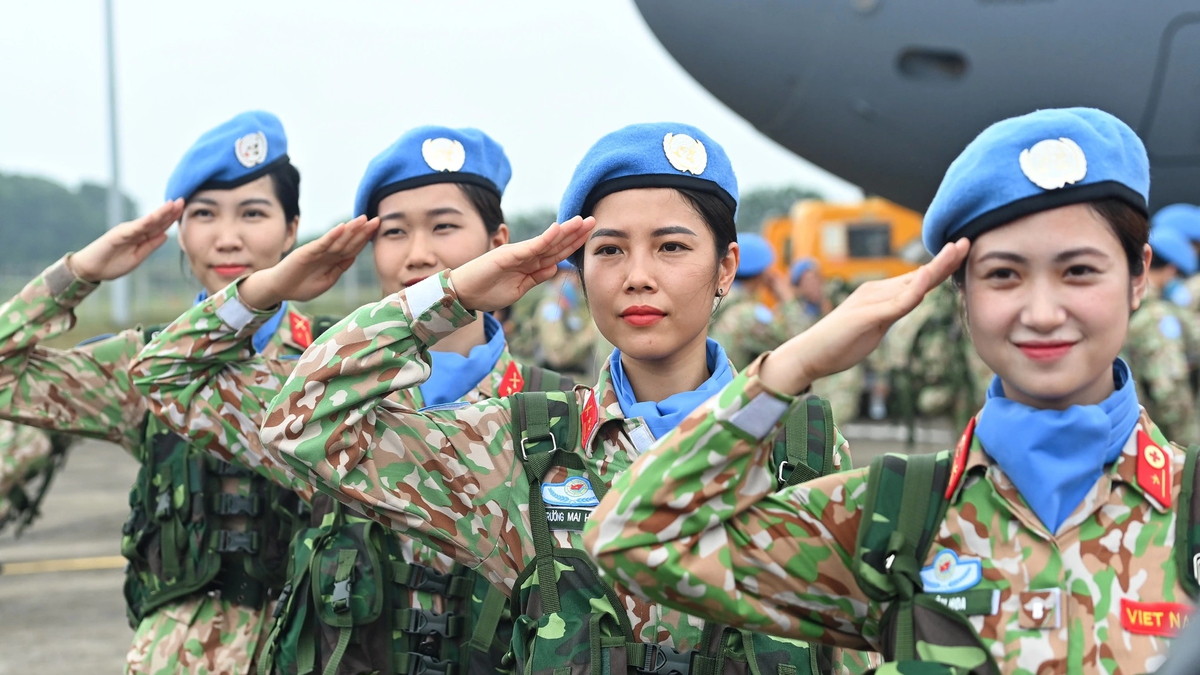
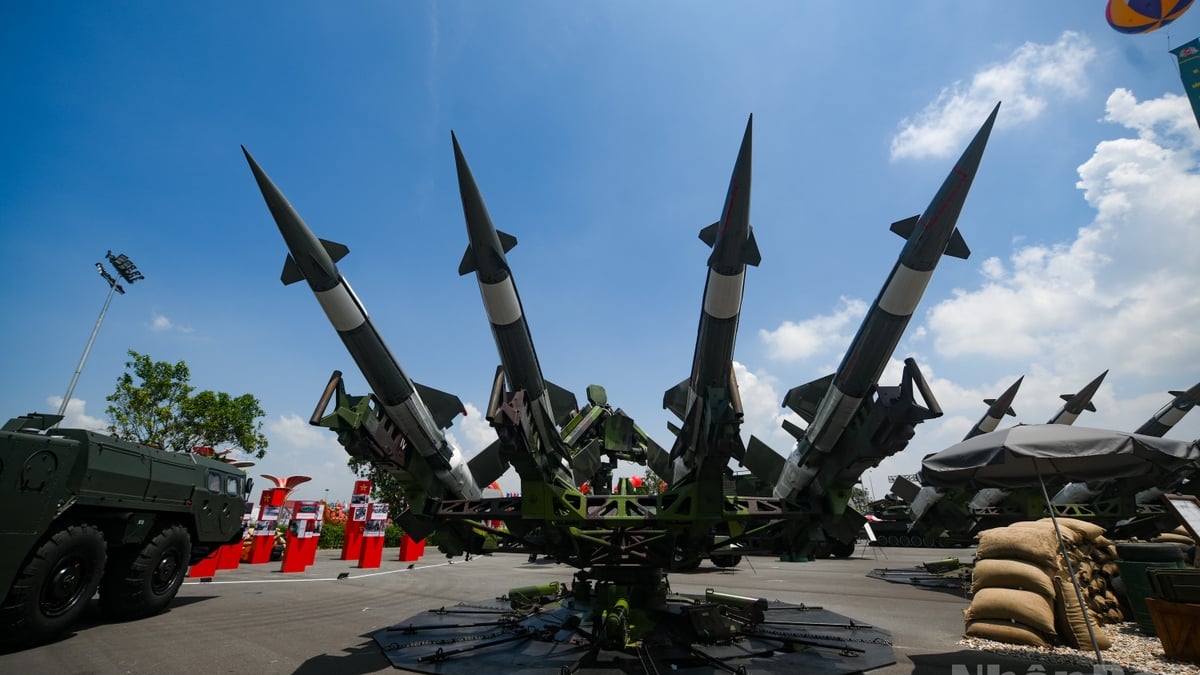
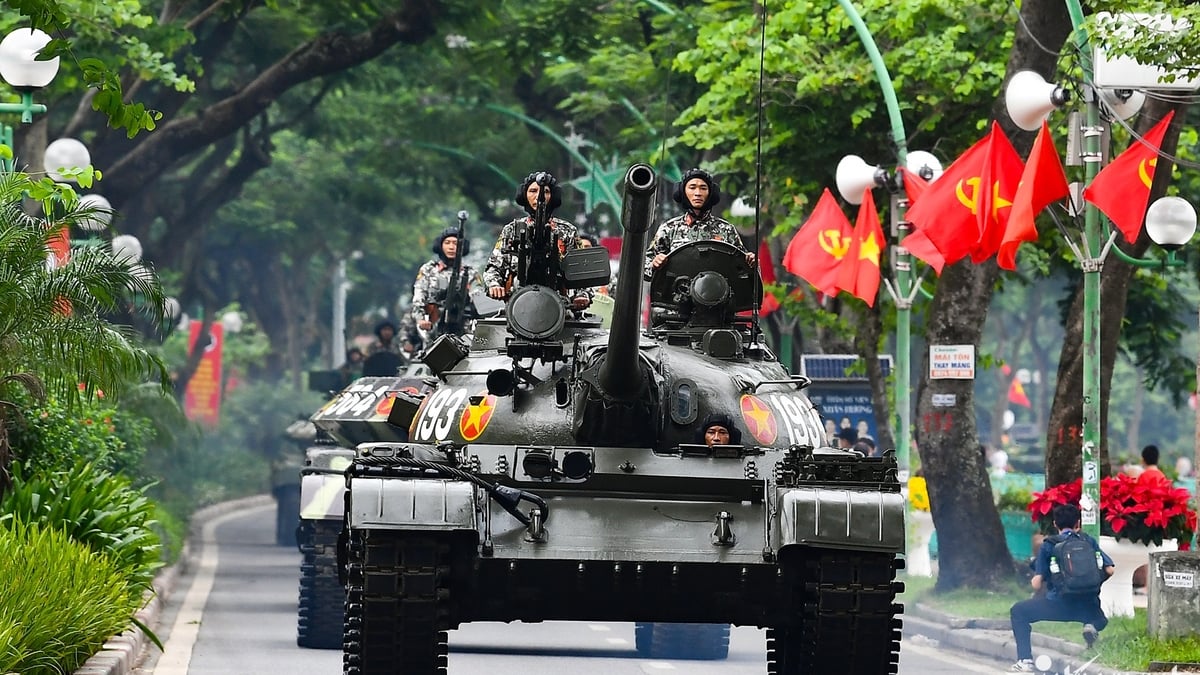
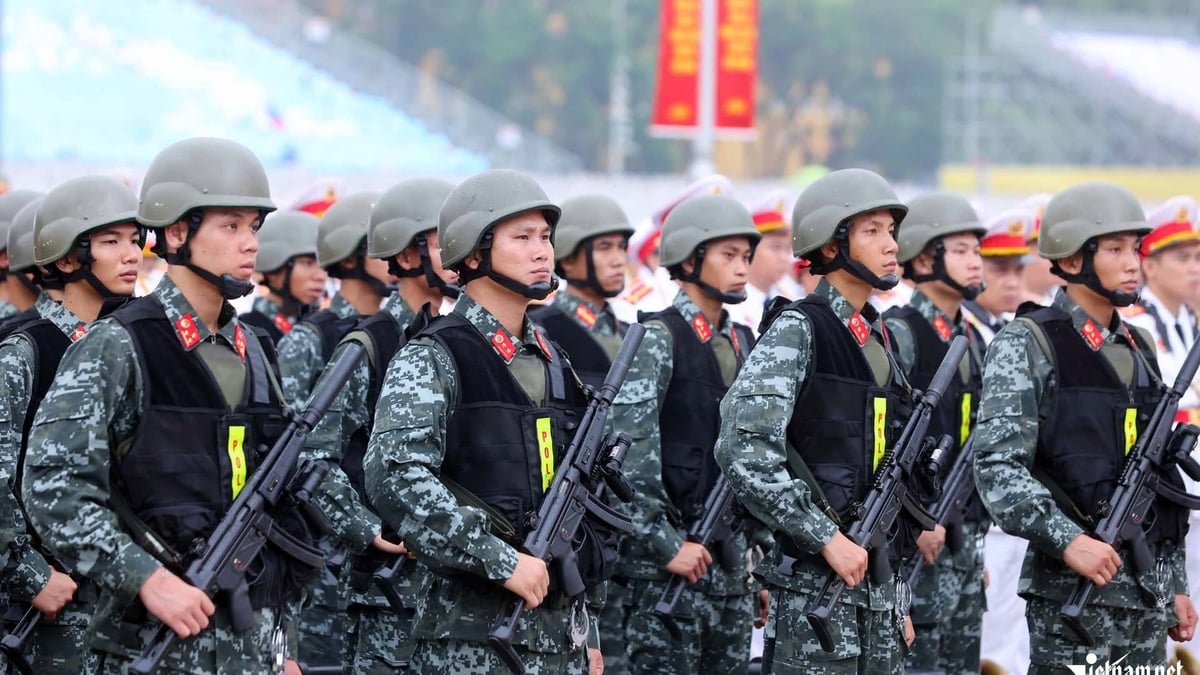


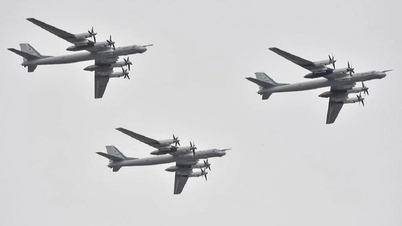


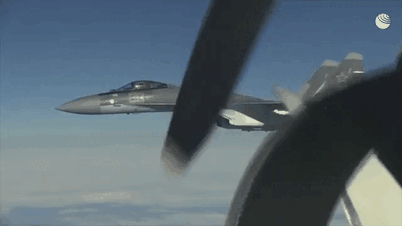

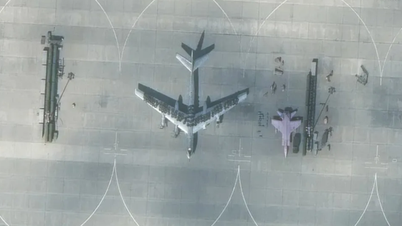




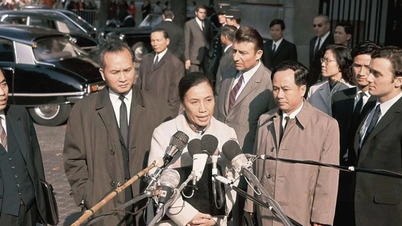
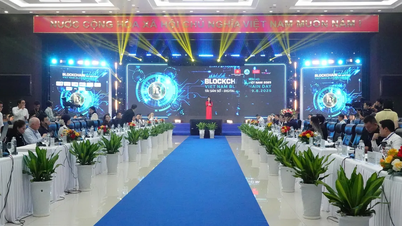














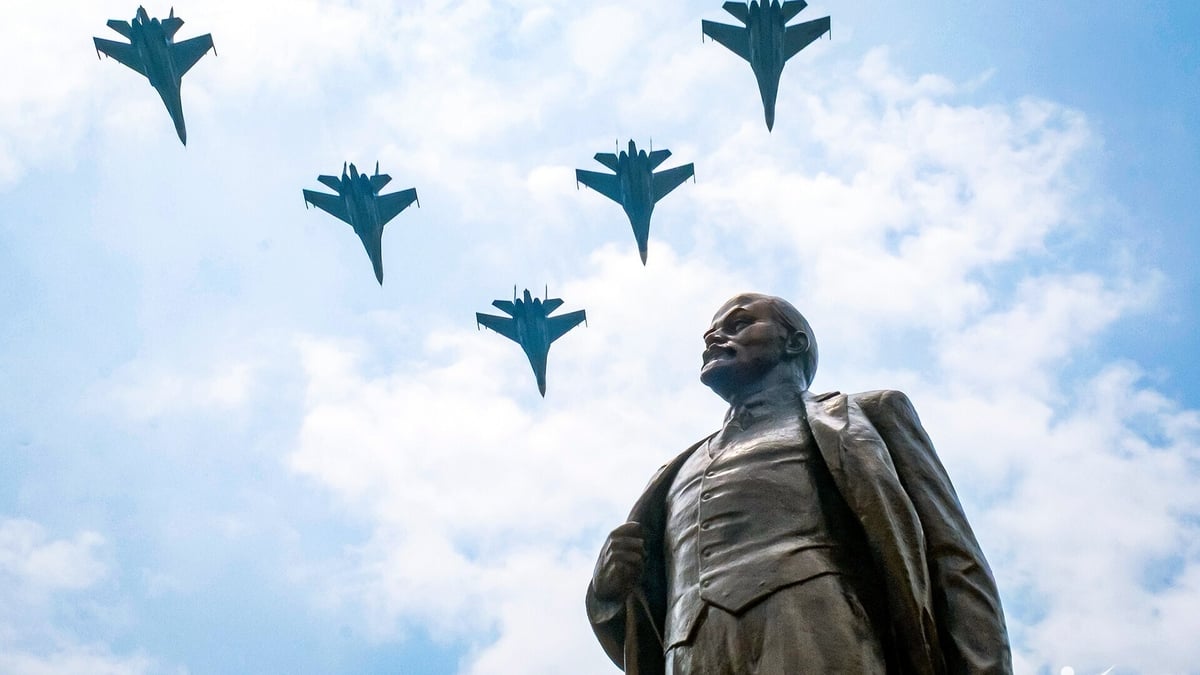


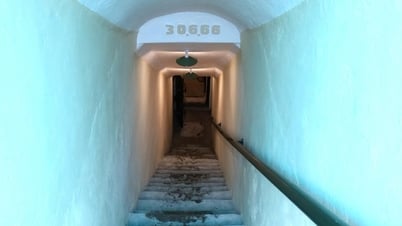









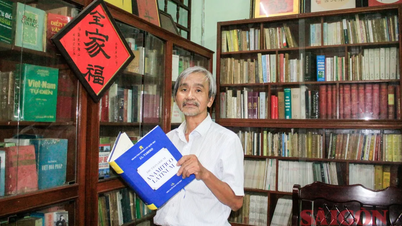






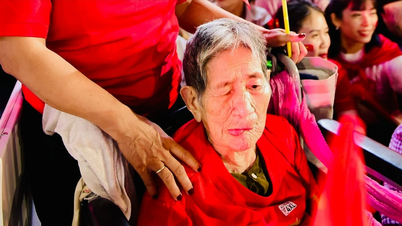


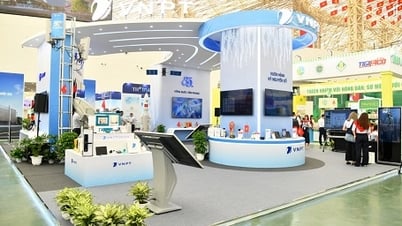


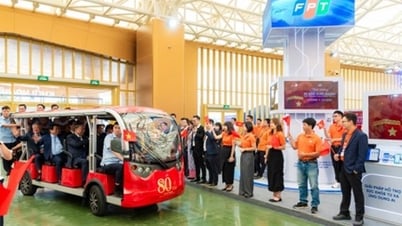

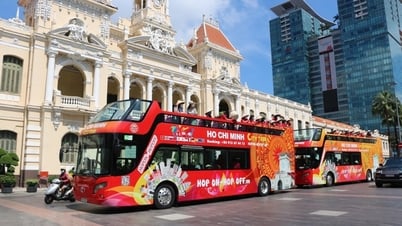

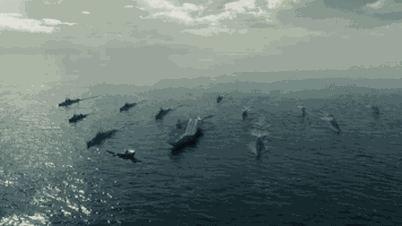
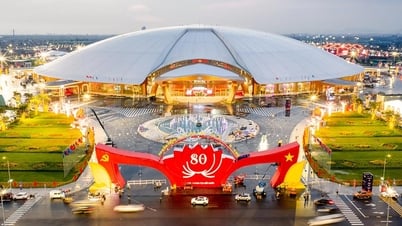





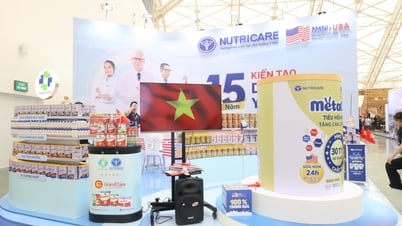





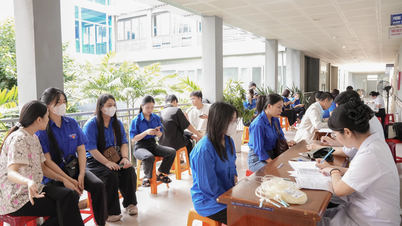





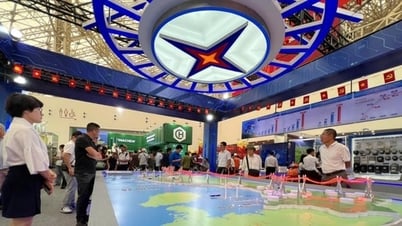





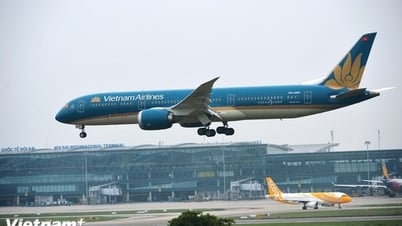










Comment (0)